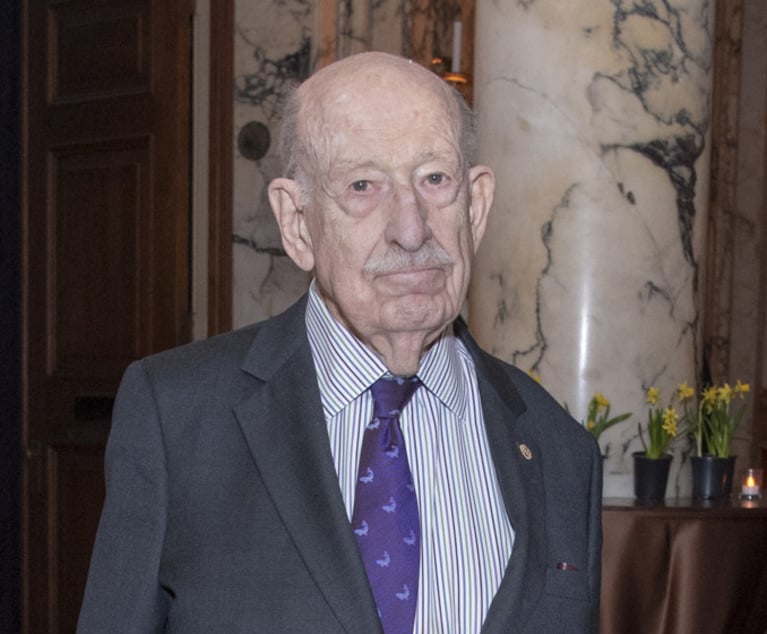Part One of this column ended with an overview of the recent First Department 3-2 decision reversing the trial court’s denial of summary judgment in Carthen v. Sherman. In Carthen, the majority held: “This Court is not ‘required to shut its eyes to the patent falsity of a [claim]’ … we conclude that plaintiff’s deposition testimony was demonstrably false and should be rejected as incredible as a matter of law,” while the dissenters wrote “[t]he majority’s assertion that plaintiff’s testimony was ‘internally contradictory’ entails a credibility determination we are not empowered to make … [t]he contradictions in the testimony of the respective parties raise issues of credibility for the trier of fact to resolve.”
That same day Part One appeared, July 16, 2019, the New York Law Journal published another First Department decision, decided that day, Castro v. Hatim, 2019 NY Slip Op 05639 (1st Dep’t 2019). Four Justices (Rosalyn H. Richter, Peter Tom, Marcy L. Kahn, and Peter H. Moulton), citing, inter alia, Carthen (though not on the issue of credibility determinations), affirmed the trial court’s grant of summary judgment to defendant in an automobile collision case. Their affirmance came notwithstanding what the sole dissenter, Justice Presiding Dianne T. Renwick, pointed to in her dissenting memorandum—that in opposition to the motion plaintiff submitted her deposition testimony “that the rear bumper of defendants’ oil tank truck struck the right side of her SUV’s front bumper, when both the truck and the SUV attempted to move into the same lane.”


 David Paul Horowitz and Lukas M. Horowitz
David Paul Horowitz and Lukas M. Horowitz




